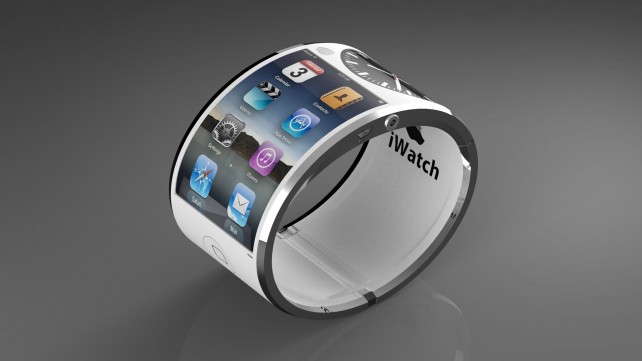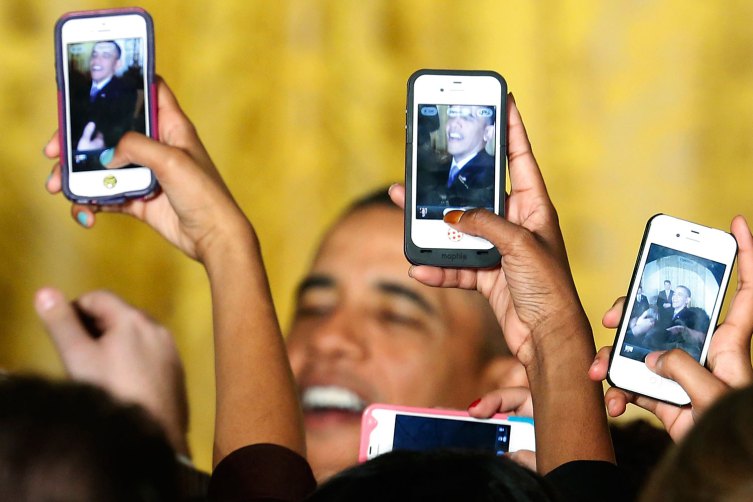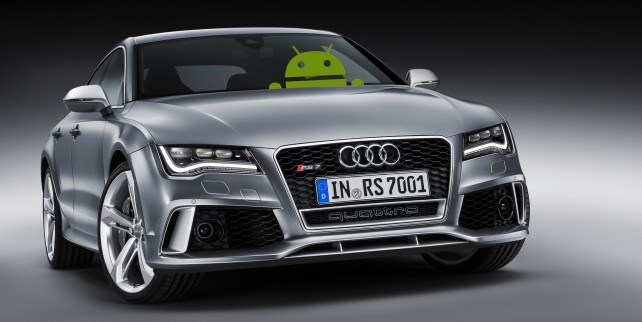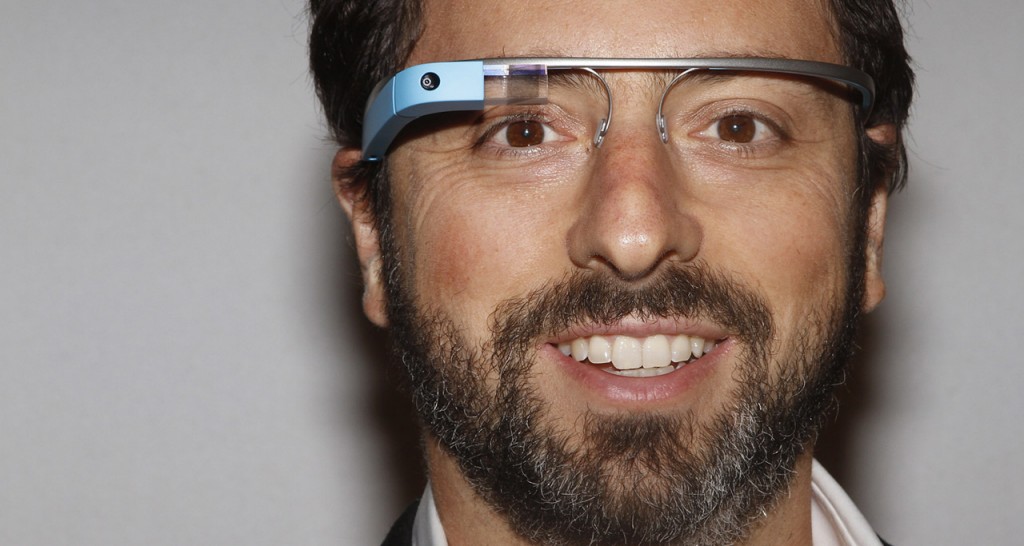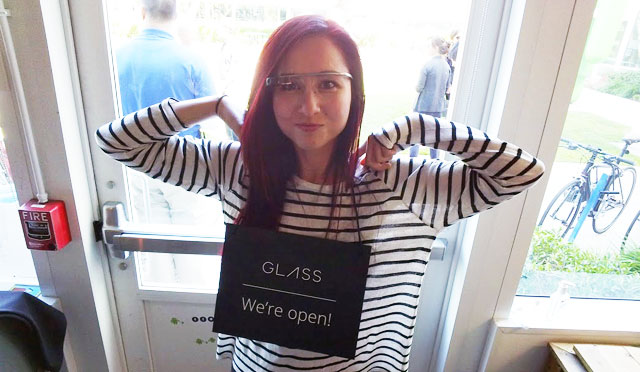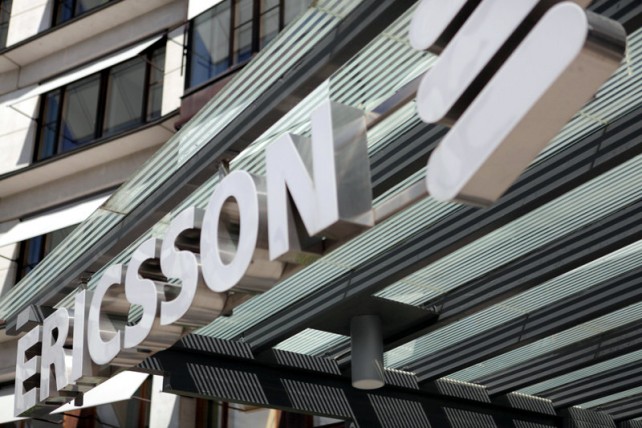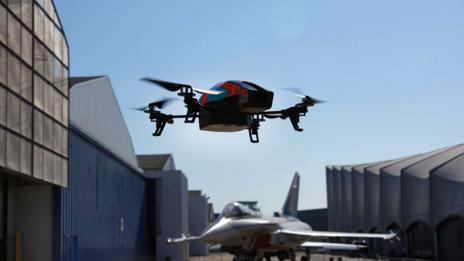1. Mary Barra
- Title: CEO
- Company: General Motors
- Age: 52
- Country: U.S.
The
first woman to run a global automaker, Barra oversees more than 212,000
employees in 396 GM facilities on six continents. An electrical
engineer who has spent her entire career at GM (GM, Fortune 500),
the new CEO faces big challenges in the U.S., where market share is at a
historical low and profit margins are below Ford's, and Europe, where
GM's Opel brand has lost billions. But companywide, profits are back,
and Barra has the board's approval to invest to make GM prosper again.
2. Ginni Rometty
- Title: Chairman, CEO, President
- Company: IBM
- Age: 56
- Country: U.S.
Despite a recent earnings miss that prompted Rometty to give up her bonus, IBM (IBM, Fortune 500)
remains formidable on the global stage, with customers and employees in
170 countries. She sees big opportunity especially in Africa; she'll
visit several countries there this year. With a market capitalization of
almost $200 billion, IBM is the world's most valuable woman-helmed
company.
3. Indra Nooyi
- Title: Chairman, CEO
- Company: PepsiCo
- Age: 58
- Country: U.S.
Nooyi has more than doubled sales from outside the U.S. in her seven years running PepsiCo (PEP, Fortune 500).
International markets now make up about half of the company's $65.5
billion in revenue. Indian-born Nooyi has made sure her product pipeline
reflects her consumer base: Since 2012, "innovation centers" have
popped up in Shanghai, Hamburg, and Monterrey, Mexico.
4. Maria das Graças Silva Foster
- Title: CEO
- Company: Petrobras
- Age: 60
- Country: Brazil
At no. 25, Petrobras, with annual revenues of $144 billion, is the highest-ranking woman-led company on the Fortune Global 500.
Foster faces Many challenges: She is selling off assets to shore up the
energy company's balance sheet even as she plans to spend $237 billion
on production and exploration projects.
5. Ellen Kullman
- Title: Chairman, CEO
- Company: DuPont
- Age: 58
- Country: U.S.
Kullman's
reinvention of DuPont has a distinctly international flavor to it: Her
2011 acquisition of Danish food enzyme maker Danisco was key to an
effort to push the company deeper into agriculture and nutrition (along
with biotech and advanced materials). A third of the company's sales,
$15.5 billion in the past six months, come from developing markets.
6. Irene Rosenfeld
- Title: Chairman, CEO
- Company: Mondelez International
- Age: 60
- Country: U.S.
After Rosenfeld split Kraft (KRFT, Fortune 500)in two, she took the reins of the more international entity (and gave it an exotic-sounding name): Mondelez (MDLZ, Fortune 500),
a snack maker, gets 83% of its revenue from outside the U.S., and
Rosenfeld has invested accordingly. Last year the company said it would
spend $190 million to build the largest chocolate manufacturing plant in
India
.
7. Marillyn Hewson
- Title: Chairman, President, CEO
- Company: Lockheed Martin
- Age: 60
- Country: U.S.
Hewson
is making a big push to increase international sales, which make up 17%
of revenue. (Pretty much everything else is sold to the U.S.
government.) The defense contractor has 10 international buyers for its
F-35 fighter jet. But even when Lockheed Martin (LMT, Fortune 500) doesn't sell to foreign clients, its products have a huge indirect impact on global diplomacy.
8. Meg Whitman
- Title: President, CEO
- Company: Hewlett-Packard
- Age: 57
- Country: U.S.
Some of Whitman's biggest battles are playing out on the global stage, with HP (HPQ, Fortune 500) rival Lenovo (LNVGF),
a China-based company, now bulking up in servers. (Lenovo has already
unseated HP as the world's No. 1 PC maker.) And indeed, the whole world
is watching to see if Whitman can deliver a long-awaited turnaround of
the iconic company.
9. Patricia Woertz
- Title: Chairman, CEO, President
- Company: Archer Daniels Midland
- Age: 60
- Country: U.S.
The Australian government stymied Woertz's global expansion plans when it blocked ADM's (ADM, Fortune 500)
$3 billion bid to buy the country's largest grain company. Despite the
setback, Woertz has serious international credibility: The
$89-billion-a-year-in-revenue company not only produces food nearly
everywhere but also moves freight around the world through its logistics
division.
10. Gail Kelly
- Title: Managing Director, CEO
- Company: Westpac
- Age: 57
- Country: Australia
Kelly
is just about as global as they come: Born in South Africa to British
parents, she taught Latin in Zimbabwe before becoming a banker and
moving to Australia. Her Westpac, with $43.6 billion in revenue, is the
country's second-largest bank by market value, and with about a 70%
return during Kelly's six-year tenure, it is also one of the country's
top performers.
11. Sheryl Sandberg
- Title: COO
- Company: Facebook
- Age: 44
- Country: U.S.
As the No. 2 of Facebook (FB, Fortune 500),
which is available in some 70 languages and generates more than half
its revenue from outside the U.S.,Sandberg plays a critical role in
fostering global conversations. She's also trying to spread her personal
message of career empowerment: Her career book, Lean In, has been translated into more than 20 languages.
12. Phebe Novakovic
- Title: Chairman, CEO
- Company: General Dynamics
- Age: 56
- Country: U.S.
General Dynamics (GD, Fortune 500)
is slowly but steadily increasing its international operations, which
now make up 20% of revenue—up from 18% in 2010. The defense company may
be benefiting from new wealth in emerging markets. Sixty-five percent of
the backlog in her aerospace unit, which produces Gulfstream jets,
comes from international orders.



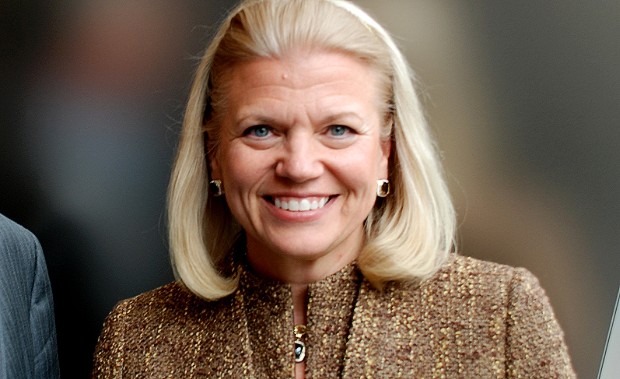



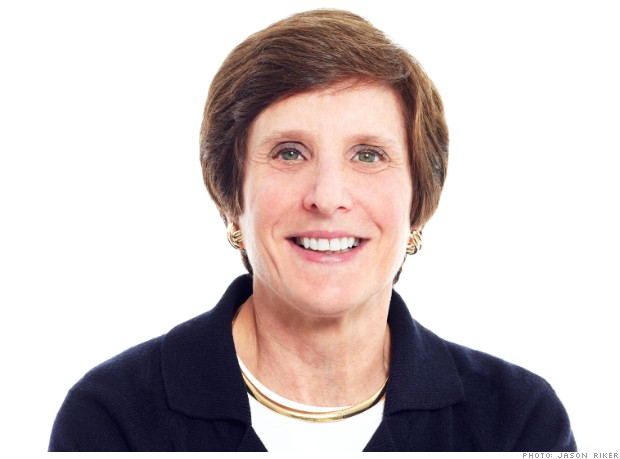



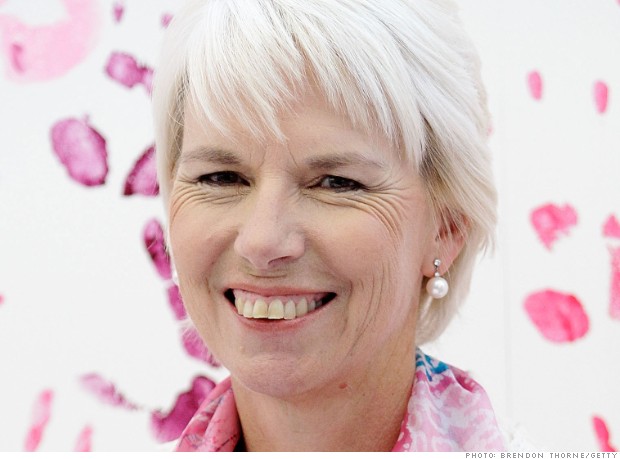

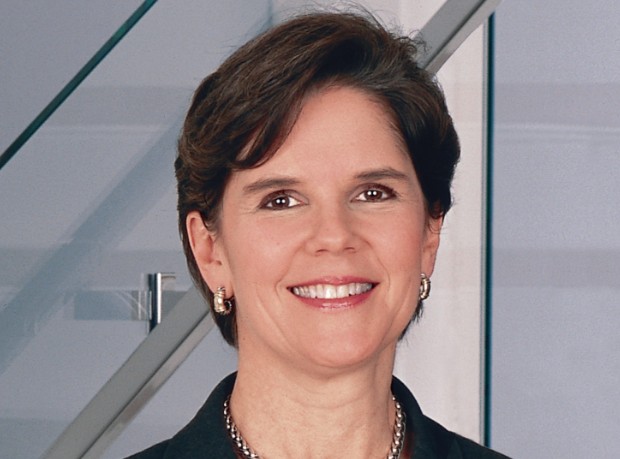
 Action cam maker GoPro announced plans for an initial public offering on Friday.
Action cam maker GoPro announced plans for an initial public offering on Friday.
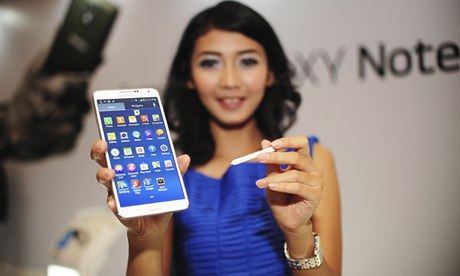





 The world's oldest-known living cancer dates back 11,000 years, according to UK scientists.
The world's oldest-known living cancer dates back 11,000 years, according to UK scientists.